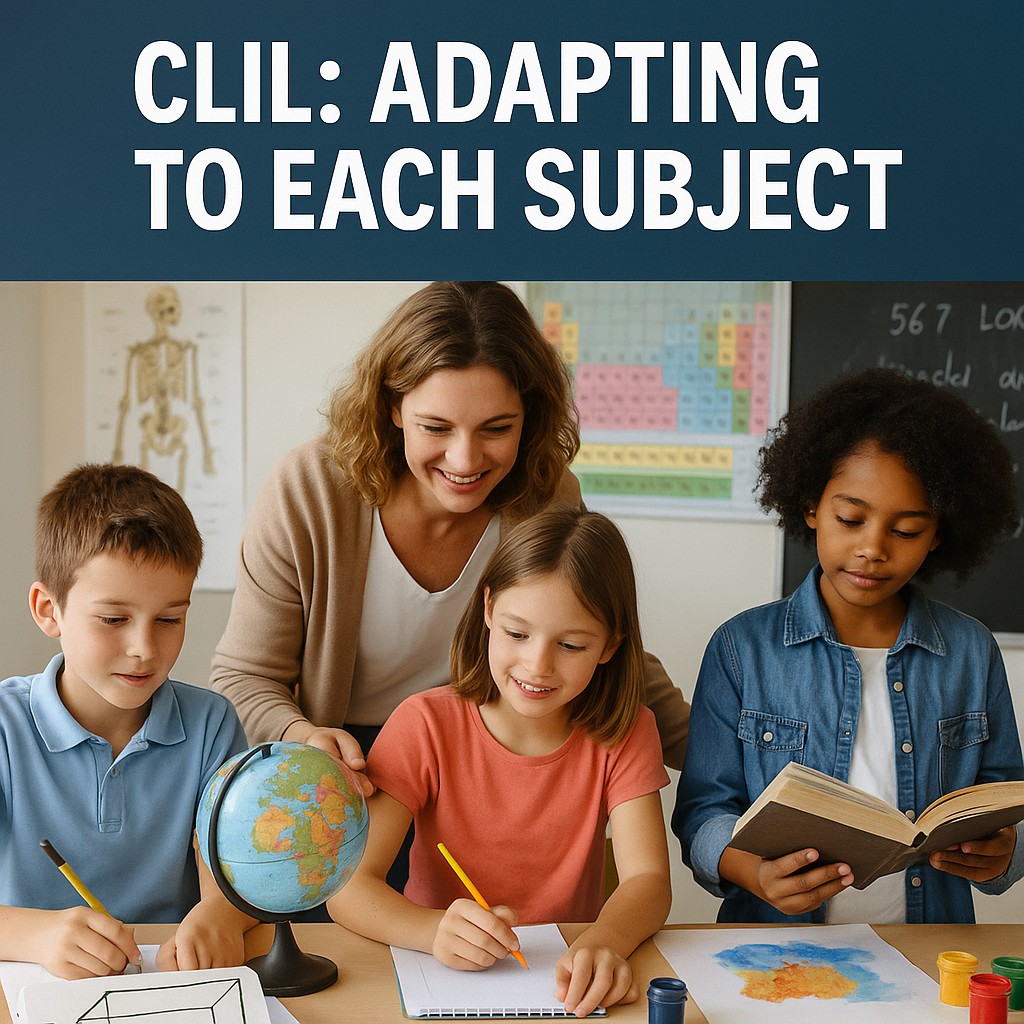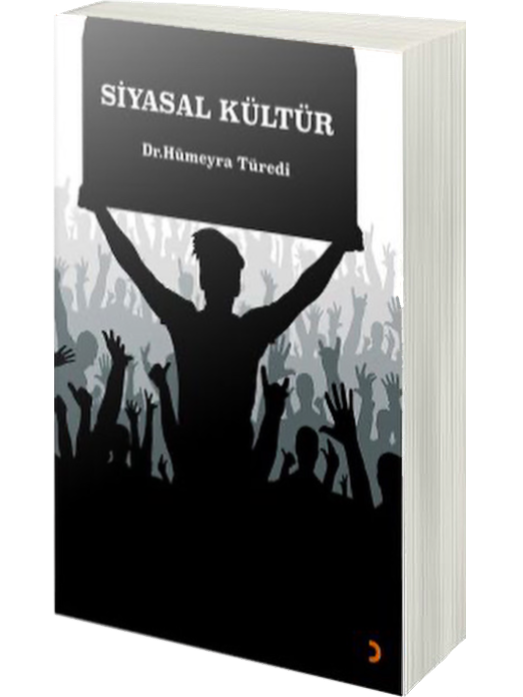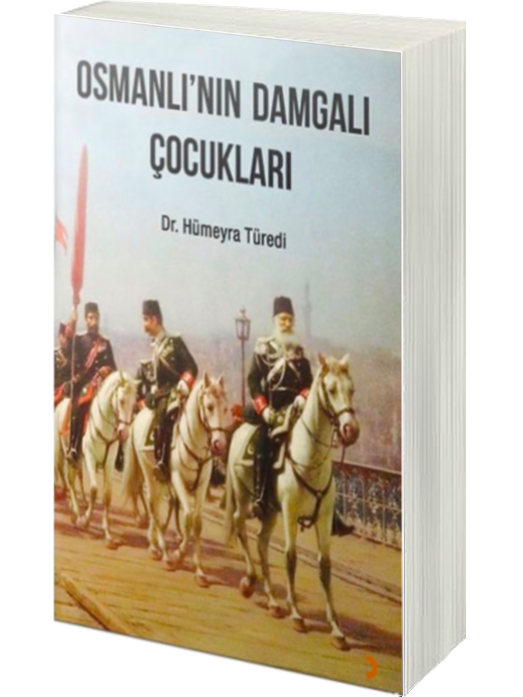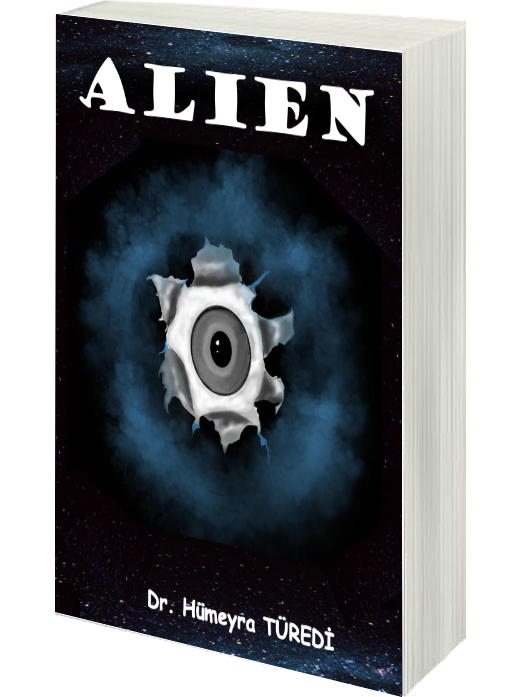
One of the biggest strengths of CLIL (Content and Language Integrated Learning) is that it can work in so many different subjects. But each subject has its own way of thinking and its own special words. So, trying to use the same CLIL plan for every lesson doesn’t really work. Good CLIL means knowing what each subject needs and adjusting your lessons so students understand the ideas and the language.
In science, CLIL is a great way to get students talking about experiments, observations, and results. Science language is often tricky and full of technical words. That’s why teachers need to prepare students by teaching key words ahead of time, using lots of pictures or charts, and giving clear sentence starters like “We saw that…” or “This happened because…”. Inquiry-based tasks work really well. When kids ask questions, test things, and explain their results in another language, they don’t just learn new words—they really use them.
Math is different. People say math is a universal language, but solving word problems or explaining steps can be tough in another language. In CLIL math classes, it helps to teach students the phrases they need: “First we add… then we divide…”, “We can compare…”, or “This is equal to…”. Using visual tools, physical objects, and repeating clear patterns helps make tricky concepts easier. Teachers also need to be careful with words that have more than one meaning. A word like “mean” in math is not the same as “mean” in everyday English!
History naturally fits with CLIL because it’s full of stories and connections. In a CLIL history lesson, students might read old letters, look at videos, or debate what happened and why. This helps them practice telling stories in the past tense, using time words like “then” or “after that”, and explaining causes and effects. Role-playing, building timelines, and group discussions give students lots of ways to use language while thinking deeply about what happened in the past.
Art is one of the best places for CLIL, especially for students who feel shy speaking up. Art lessons are visual and creative, so students can talk about colors, shapes, feelings, or techniques. Teachers can use simple instructions—“Draw a line”, “Mix red and yellow”—and ask open questions like “What do you see?” or “How does this feel?”. Art is also a great chance to talk about different cultures, artists, and styles, which adds a global angle to the lesson.
No matter the subject, some things stay the same in good CLIL: clear language goals, helpful visuals, repetition, and lots of chances to talk. But the focus shifts depending on what you’re teaching. Science and math need clear, precise language. History needs explanation and argument. Art needs language for describing and expressing ideas.
Another big point is that content and language teachers should plan together. When they co-plan, they can choose what words to teach first, what tasks to do step by step, and how to help students at each stage. This teamwork makes sure students don’t get lost—and that language isn’t just an add-on but a tool for real understanding.
In the end, subject-specific CLIL isn’t about watering things down. It’s about opening the door so every student can access big ideas and share what they know in another language. Done well, it keeps the learning deep and meaningful—and helps students get ready for a world where using more than one language is a huge advantage.
References
- Coyle, D., Hood, P., & Marsh, D. (2010). CLIL: Content and Language Integrated Learning. Cambridge University Press.
- Bentley, K. (2010). The TKT Course CLIL Module. Cambridge University Press.
- Dale, L., & Tanner, R. (2012). CLIL Activities: A Resource for Subject and Language Teachers. Cambridge University Press.
- Llinares, A., Morton, T., & Whittaker, R. (2012). The Roles of Language in CLIL. Cambridge University Press.
- de Graaff, R., Koopman, G., Anikina, Y., & Westhoff, G. (2007). An observation tool for effective L2 pedagogy in CLIL. International Journal of Bilingual Education and Bilingualism, 10(5), 603–624.
Ders Bazlı CLIL Stratejileri: Fen, Matematik, Tarih ve Sanat
Dr. Hümeyra Türedi
CLIL (İçerik ve Dil Bütünleştirmeli Öğrenim) yaklaşımının en büyük avantajlarından biri, birçok farklı derste etkili bir şekilde uygulanabilmesidir. Ancak her dersin kendine özgü bir düşünme biçimi ve özel bir terminolojisi vardır. Bu yüzden her derste aynı CLIL planını kullanmak işe yaramaz. Etkili bir CLIL uygulaması, her dersin ihtiyaçlarını anlamak ve öğrencilerin hem konuyu hem de dili anlamalarını sağlayacak şekilde dersleri uyarlamakla mümkündür.
Fen bilimleri, CLIL için oldukça uygun bir alandır. Öğrenciler deneyler, gözlemler ve sonuçlar hakkında konuşmaya teşvik edilir. Ancak fen dili genellikle teknik terimlerle doludur ve zorlayıcı olabilir. Bu nedenle öğretmenlerin dersten önce anahtar kelimeleri tanıtması, bolca görsel materyal (resimler, grafikler, tablolar) kullanması ve “Şunu gözlemledik…”, “Bu oldu çünkü…” gibi cümle kalıpları vermesi faydalıdır. Soru-cevap ve araştırmaya dayalı görevler oldukça etkilidir. Öğrenciler kendi sorularını oluşturup deney yaparken ve sonuçları yabancı dilde açıklarken, sadece yeni kelimeler öğrenmekle kalmazlar — bu kelimeleri gerçekten kullanmayı öğrenirler.
Matematik ise farklıdır. Her ne kadar “matematik evrensel bir dil” dense de, sözel problemleri çözmek veya çözüm adımlarını açıklamak başka bir dilde zorlayıcı olabilir. CLIL matematik derslerinde öğrencilerin kullanacağı ifadeleri öğretmek oldukça işe yarar: “Önce toplarız… sonra böleriz…”, “Karşılaştırabiliriz…”, “Bu eşittir…” gibi yapılar önemlidir. Görsel araçlar, somut nesneler ve tekrar eden net kalıplar kavramları somutlaştırmada yardımcı olur. Ayrıca öğretmenler çok anlamlı kelimelere dikkat etmelidir. Örneğin, İngilizce’de “mean” kelimesi matematikte “ortalama” anlamına gelirken, gündelik dilde “anlam” veya “kaba” gibi başka anlamlar da taşıyabilir.
Tarih, CLIL’e doğal olarak çok uygun bir derstir çünkü hikâyelerle ve neden-sonuç ilişkileriyle doludur. CLIL tarih derslerinde öğrenciler eski mektupları okuyabilir, videolar izleyebilir veya olayları tartışabilir. Bu, onların geçmiş zaman kullanımı, zaman bağlaçları (“sonra”, “daha sonra”) ve neden-sonuç ilişkileri kurma becerilerini geliştirmesine yardımcı olur. Rol yapma, zaman çizelgesi oluşturma ve grup tartışmaları hem dili hem de tarih bilgisini pekiştirir.
Sanat, özellikle konuşma konusunda çekingen öğrenciler için CLIL’e en uygun alanlardan biridir. Sanat dersleri görsel ve yaratıcıdır, bu nedenle öğrenciler renkler, şekiller, duygular ve teknikler hakkında konuşabilirler. Öğretmenler “Bir çizgi çiz”, “Kırmızı ve sarıyı karıştır” gibi basit yönergeler verebilir; “Ne görüyorsun?”, “Bu sana ne hissettiriyor?” gibi açık uçlu sorularla öğrencileri düşündürebilir. Ayrıca sanat, farklı kültürler, sanatçılar ve stiller hakkında konuşmak için harika bir fırsattır ve derse küresel bir bakış açısı kazandırır.
Ders ne olursa olsun, iyi bir CLIL uygulamasında bazı ortak noktalar vardır: açık dil hedefleri, destekleyici görseller, tekrar ve bol bol konuşma fırsatı. Ancak odak noktası derse göre değişir. Fen ve matematik net ve kesin ifadeler ister. Tarih açıklama ve tartışma gerektirir. Sanat ise fikirleri tanımlamak ve ifade etmek için dili kullanır.
Bir diğer önemli konu da içerik ve dil öğretmenlerinin birlikte plan yapmasıdır. Ortak planlama sayesinde hangi kelimelerin önce öğretileceği, görevlerin nasıl adım adım ilerleyeceği ve öğrencilerin her aşamada nasıl destekleneceği belirlenebilir. Bu ekip çalışması, öğrencilerin konudan veya dilden kopmasını engeller ve dili yalnızca “ek bir parça” değil, gerçek anlamda bir öğrenme aracı haline getirir.
Sonuç olarak, ders bazlı CLIL uygulamaları konuları basitleştirmek değil, tüm öğrencilerin büyük fikirleri anlayabilmesi ve bunları farklı bir dilde ifade edebilmesi için kapılar açmaktır. Doğru şekilde uygulandığında öğrenmeyi hem derinleştirir hem de anlamlı kılar — ve öğrencileri çok dilli bir dünyaya hazırlar.
Kaynakça
Coyle, D., Hood, P., & Marsh, D. (2010). CLIL: Content and Language Integrated Learning. Cambridge University Press.
Bentley, K. (2010). The TKT Course CLIL Module. Cambridge University Press.
Dale, L., & Tanner, R. (2012). CLIL Activities: A Resource for Subject and Language Teachers. Cambridge University Press.
Llinares, A., Morton, T., & Whittaker, R. (2012). The Roles of Language in CLIL. Cambridge University Press.
De Graaff, R., Koopman, G., Anikina, Y., & Westhoff, G. (2007). An observation tool for effective L2 pedagogy in CLIL. International Journal of Bilingual Education and Bilingualism, 10(5), 603–624.



